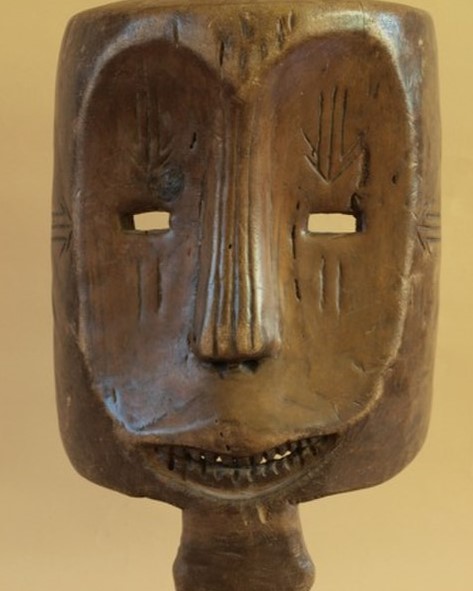In the markets of Malabo and Bata, stalls overflow with carved wooden masks, handwoven fabrics, and clay vessels that seem to carry the weight of centuries. The air is thick with the smell of wood shavings and fresh dyes, while artisans work patiently, their hands tracing patterns inherited through generations. In Equatorial Guinea, art is not merely an ornament but a living archive—one that preserves memory, belief, and identity.
The nation’s rich artistic traditions reflect both diversity and continuity. Wood, clay, and fabric form the foundation of expression, shaped into objects that are both functional and symbolic. Nature provides the raw materials, and local artists transform them into artifacts that reveal the country’s cultural depth. Trees from surrounding forests yield timber for sculpture and mask-making, while clay from riverbanks becomes vessels that hold both water and meaning.
Among the most renowned forms are the ceremonial masks of the Fang people, whose artistry has long attracted attention beyond the country’s borders. Carved with exacting detail and often painted in striking pigments, these masks carry spiritual and social weight. Traditionally used in rituals and dances, they represent ancestors, protective spirits, or ideals of authority. While they possess undeniable visual power, their significance extends beyond aesthetics, serving as conduits of belief and as markers of communal identity.
Textiles tell their own stories. Woven with vivid colors and intricate motifs, the fabrics are often reserved for ceremonies, where they announce belonging and continuity. Their patterns encode histories of kinship, migration, and memory, functioning as wearable chronicles of heritage. The act of weaving itself—passed down through family lines—embodies resilience and continuity in a rapidly changing world.
Pottery, too, retains a central role. Hand-formed and decorated with motifs that echo daily life, clay vessels often move seamlessly between household utility and symbolic value. Used in gatherings and rituals, they underscore the intimate connection between artistic practice and community life. The warmth of a shared meal from a handcrafted pot reflects the same care that shaped its surface.
Taken together, these traditions amount to more than craft. They are living expressions of heritage, evidence of a cultural fabric in which artistry, spirituality, and everyday life are deeply interwoven. In Equatorial Guinea, art remains less a static object than a conversation across generations, a reminder that culture survives not only in memory but in the hands that continue to create.
Sources
- Liniger-Goumaz, Max. Historical Dictionary of Equatorial Guinea. Scarecrow Press, 2000.
- Fernández, James W. Bwiti: An Ethnography of the Religious Imagination in Africa. Princeton University Press, 1982.
- UNESCO Intangible Cultural Heritage Reports, Central Africa.
- Perani, Judith, and Fred T. Smith. The Visual Arts of Africa: Gender, Power, and Life Cycle Rituals. Prentice Hall, 1998.


